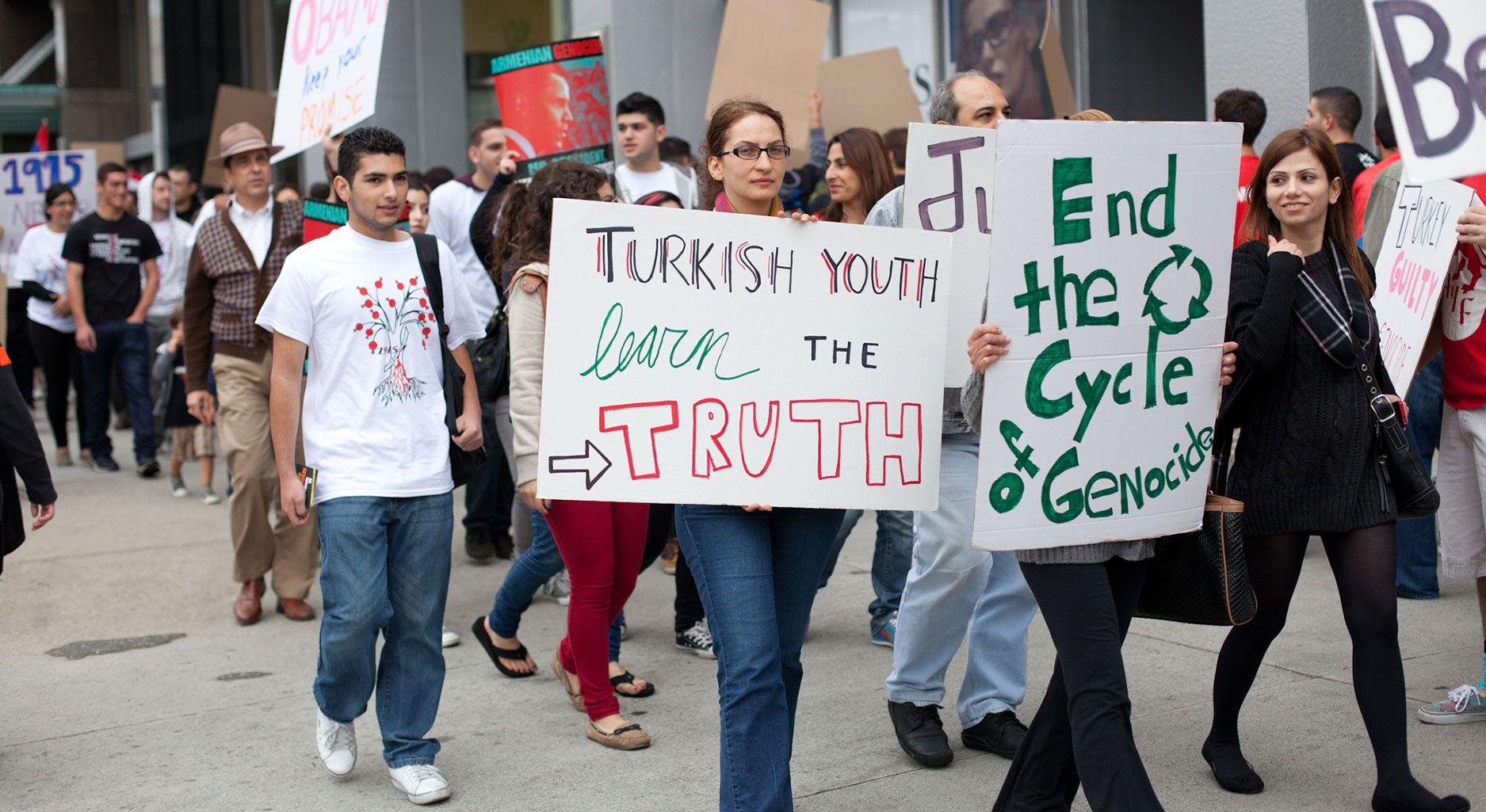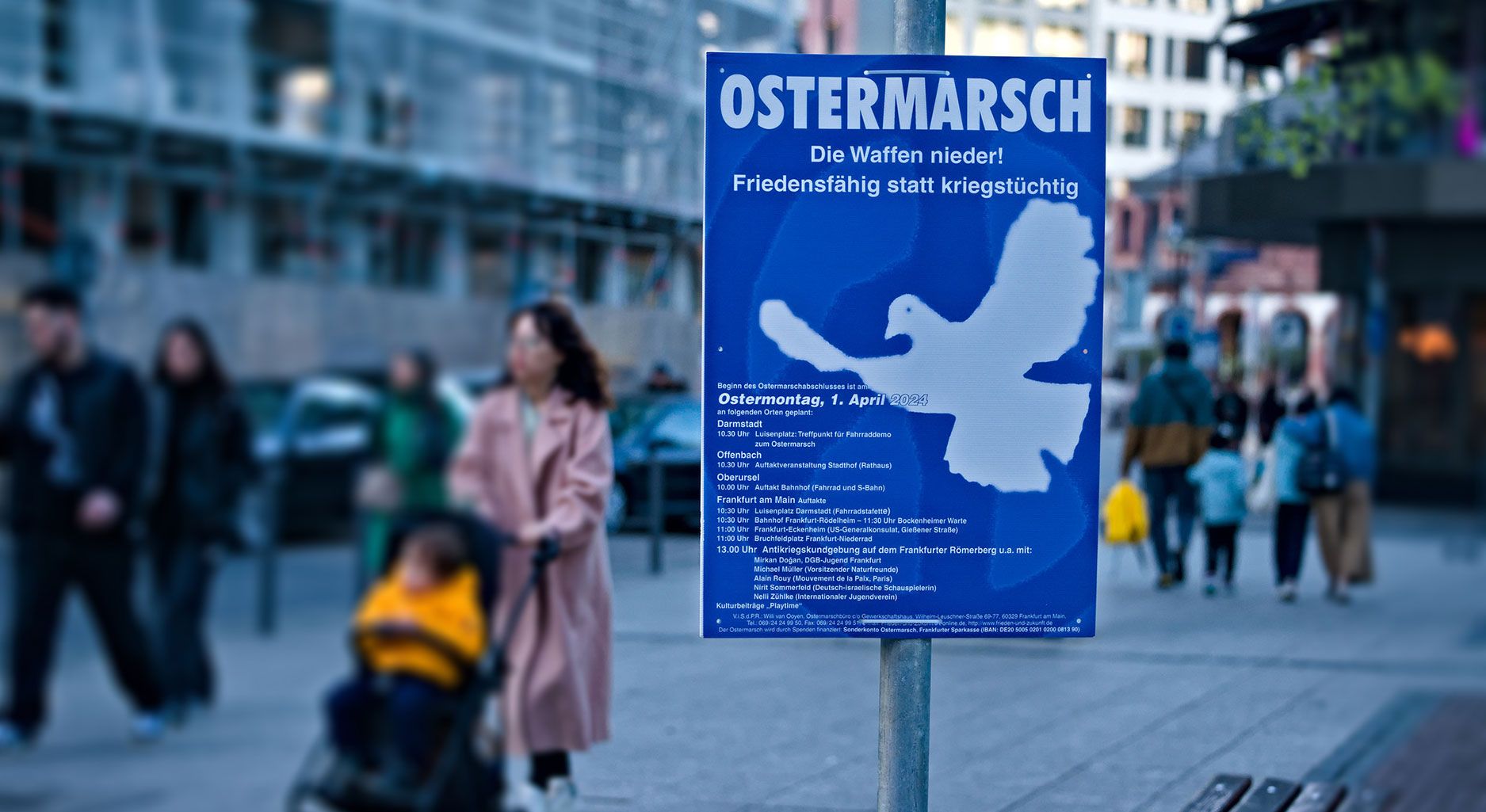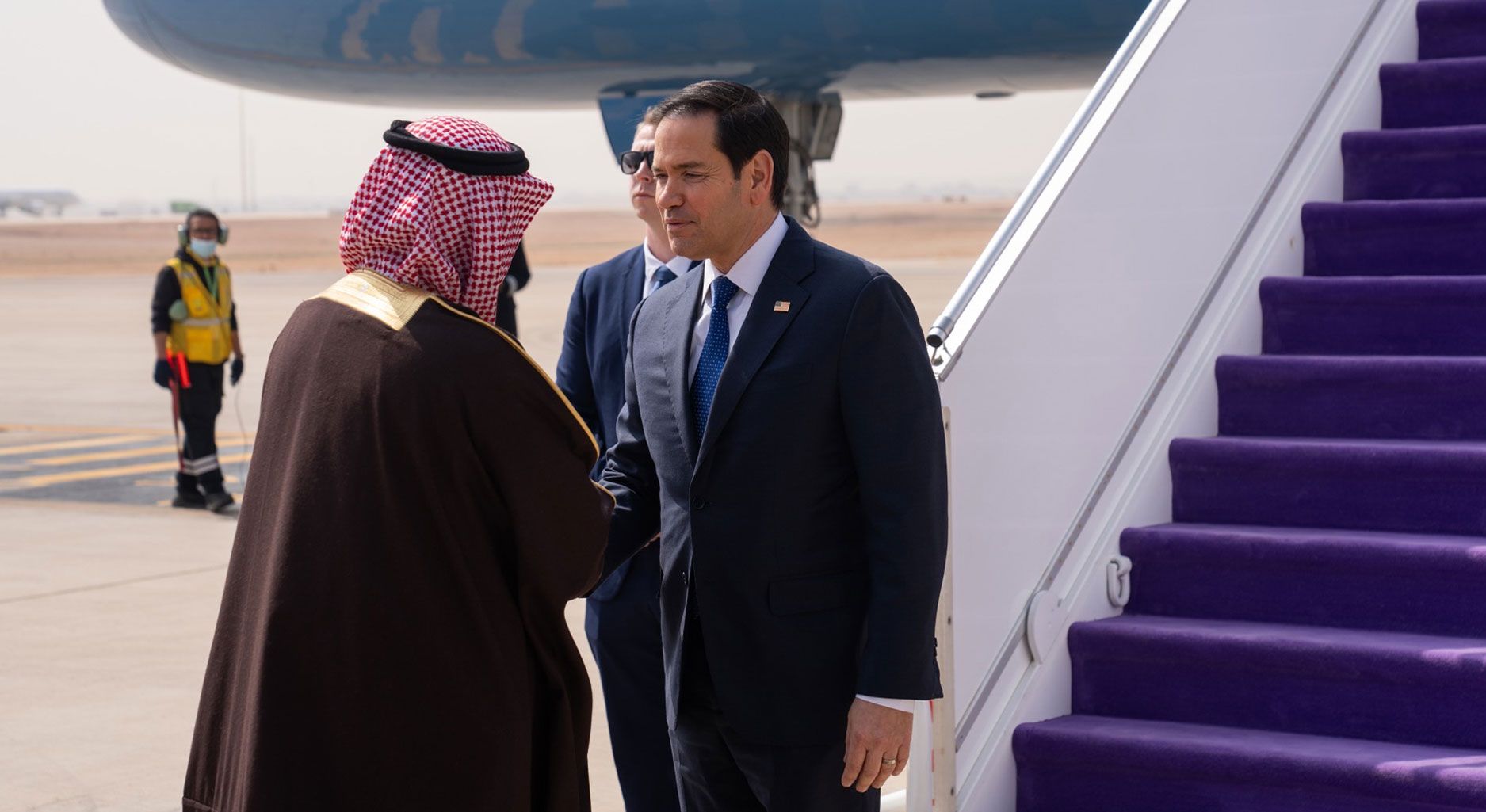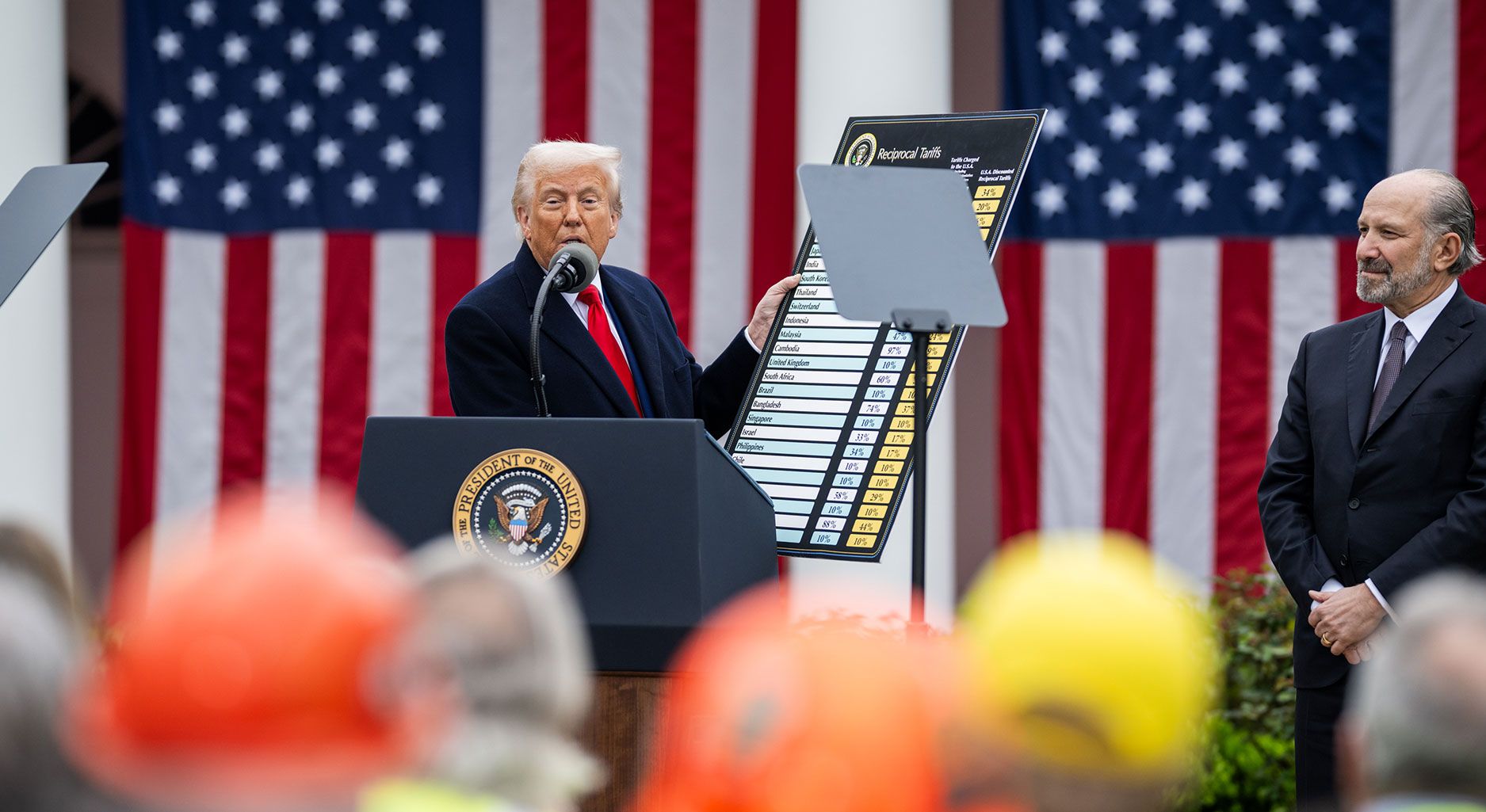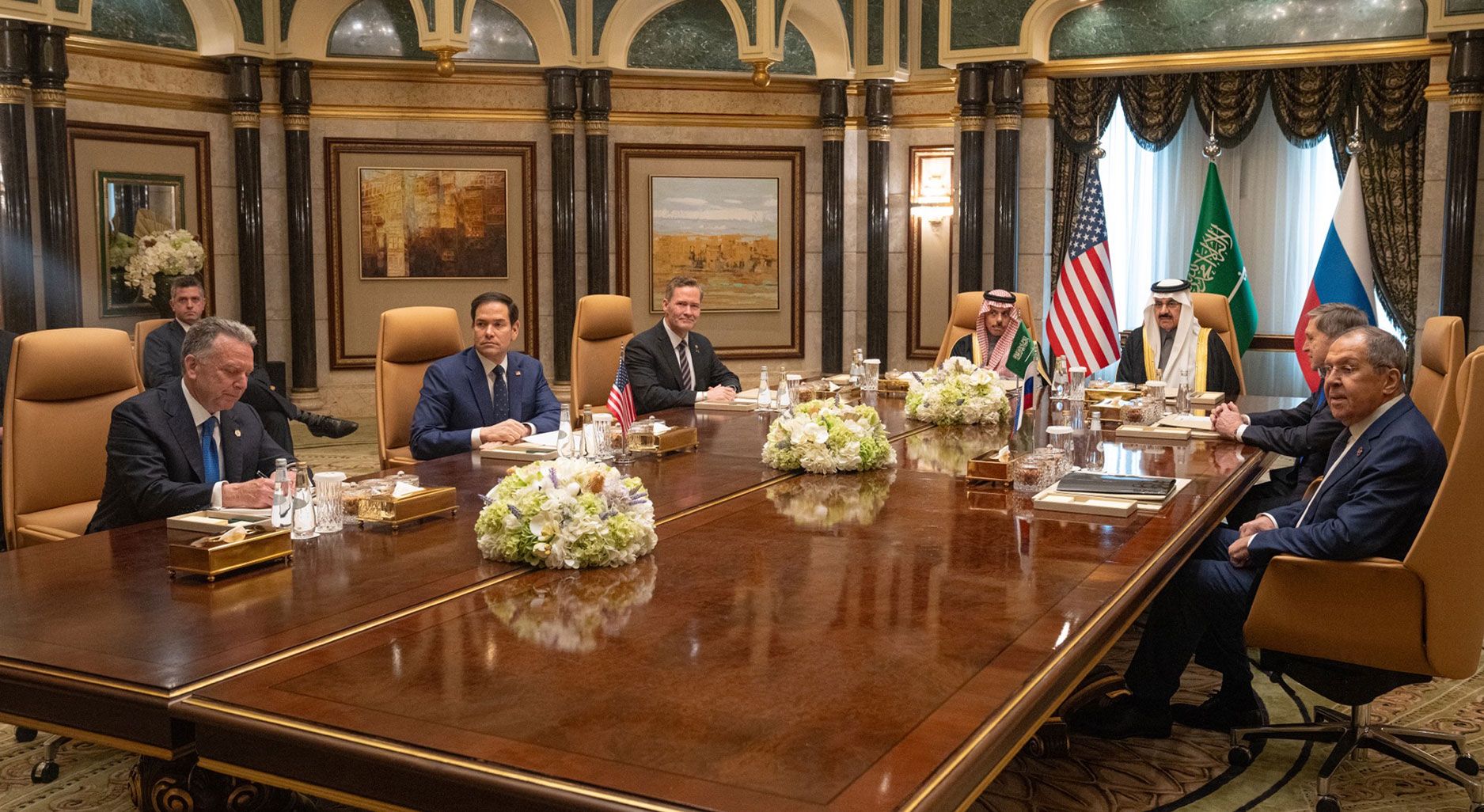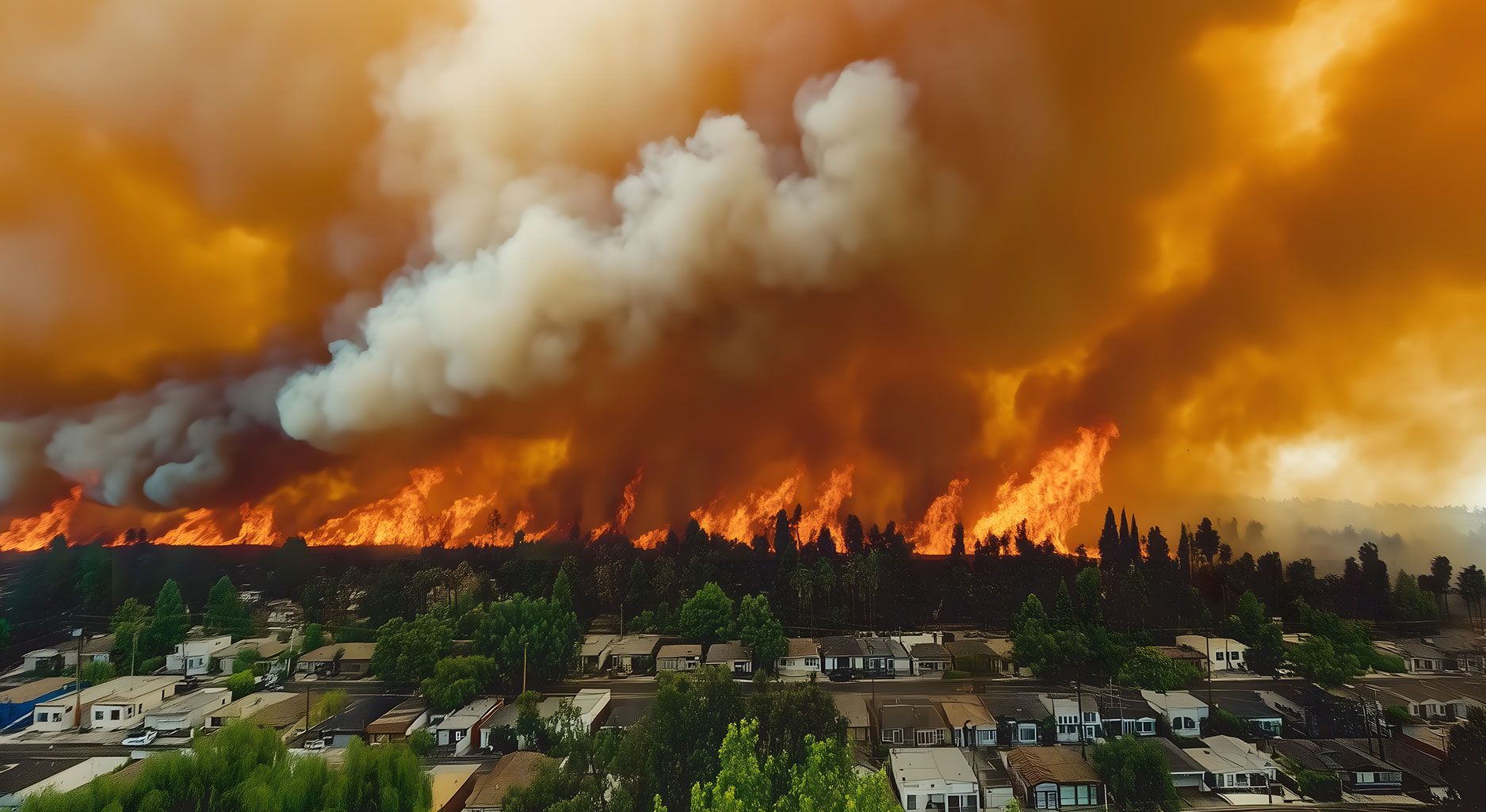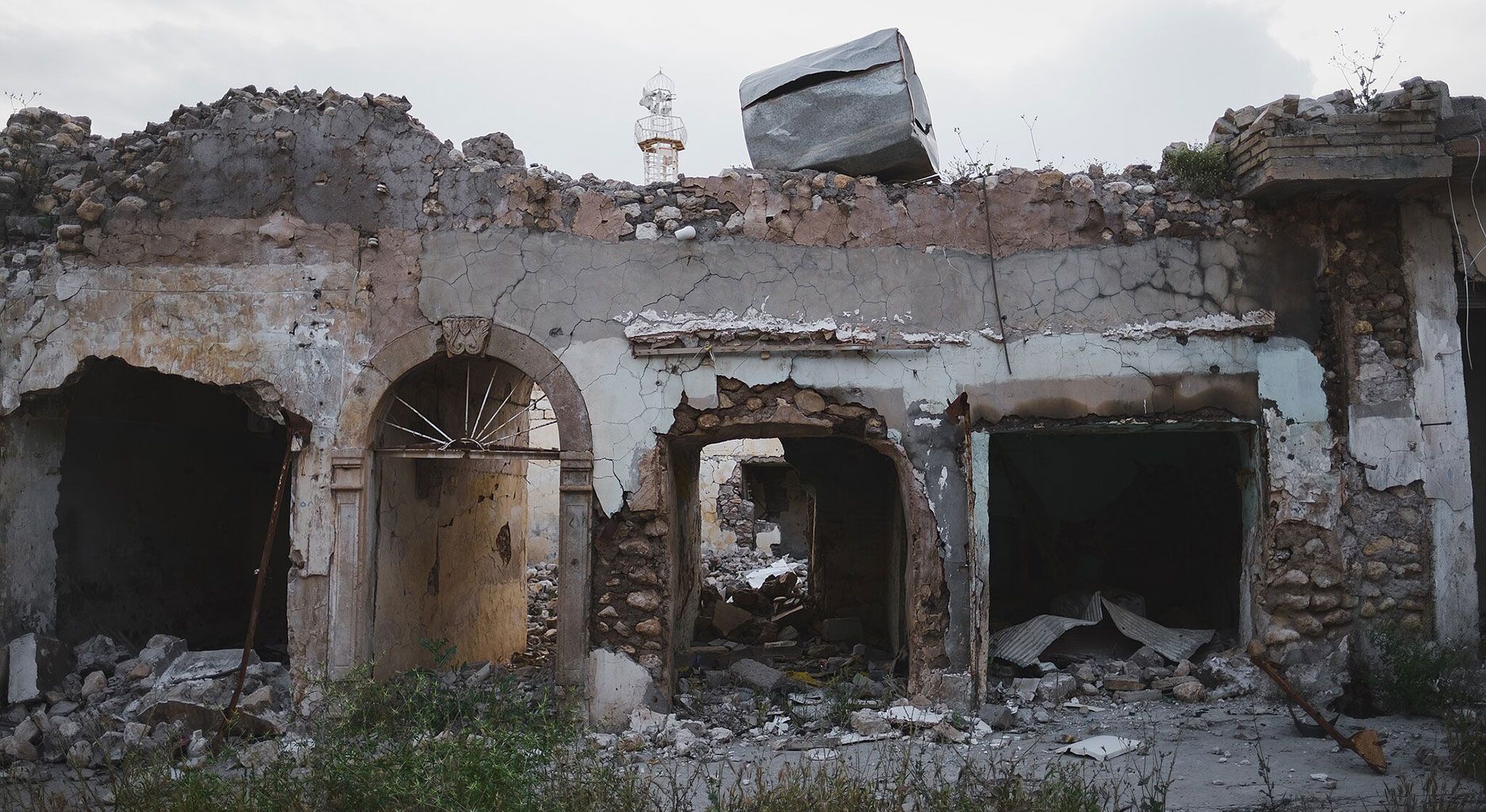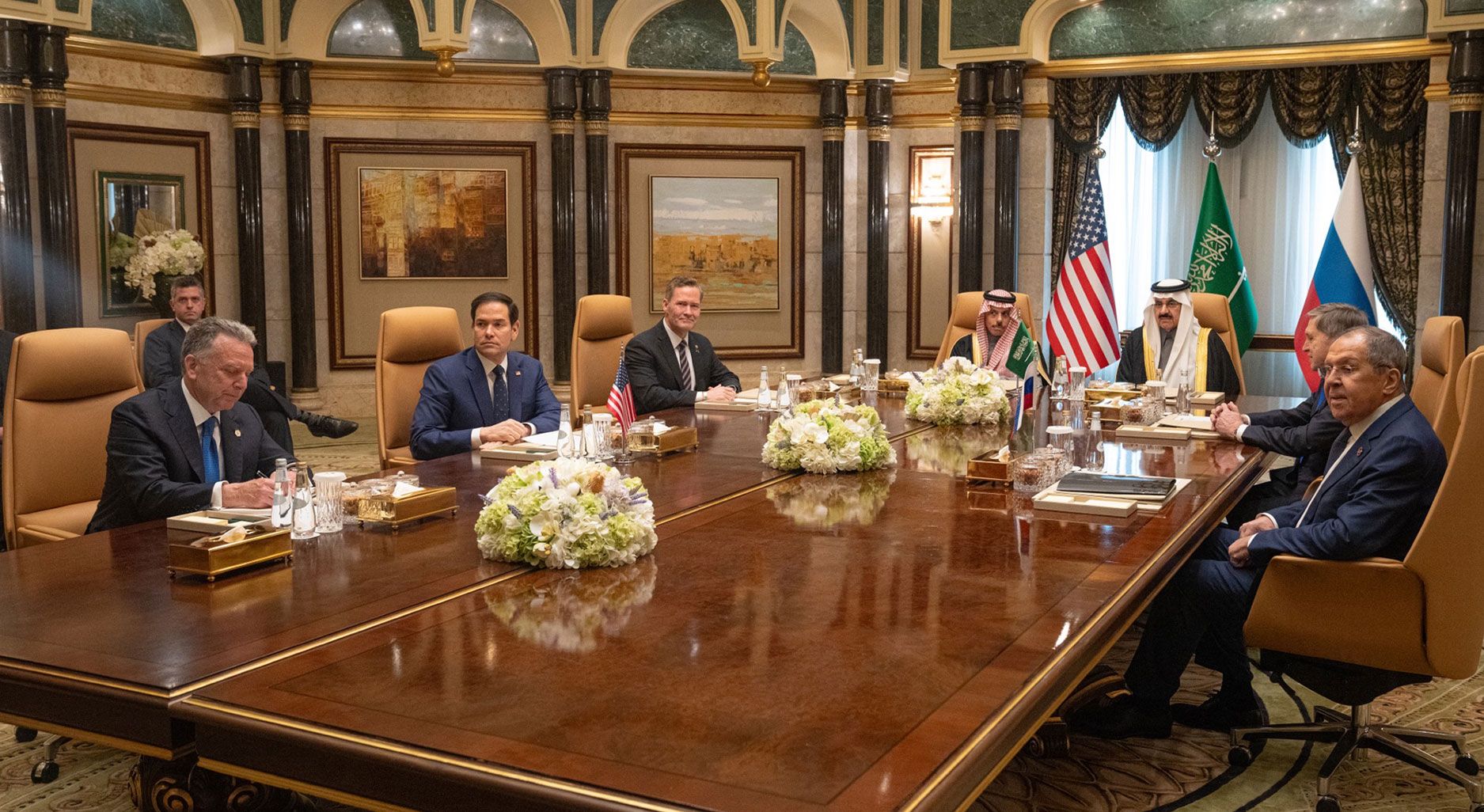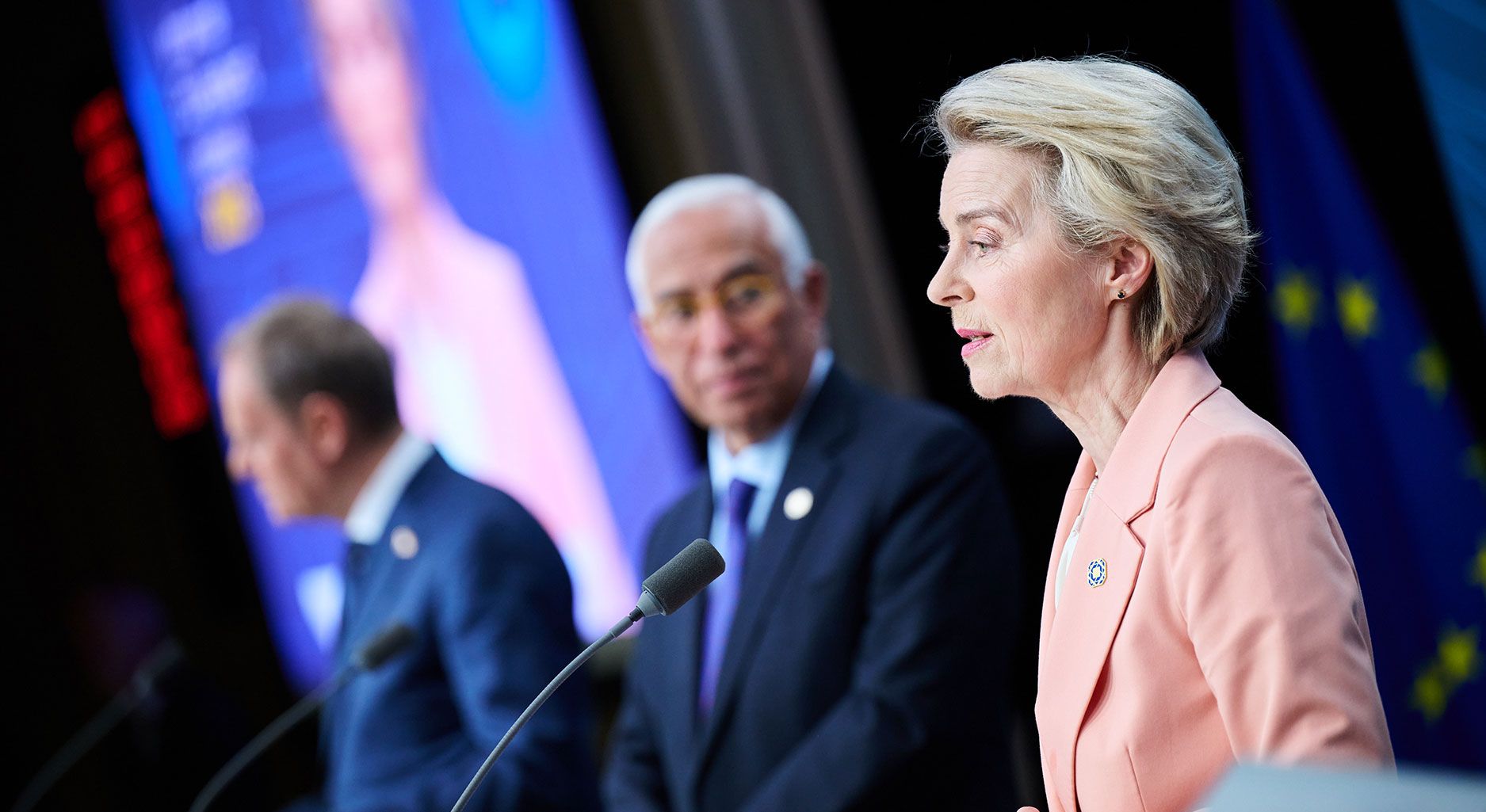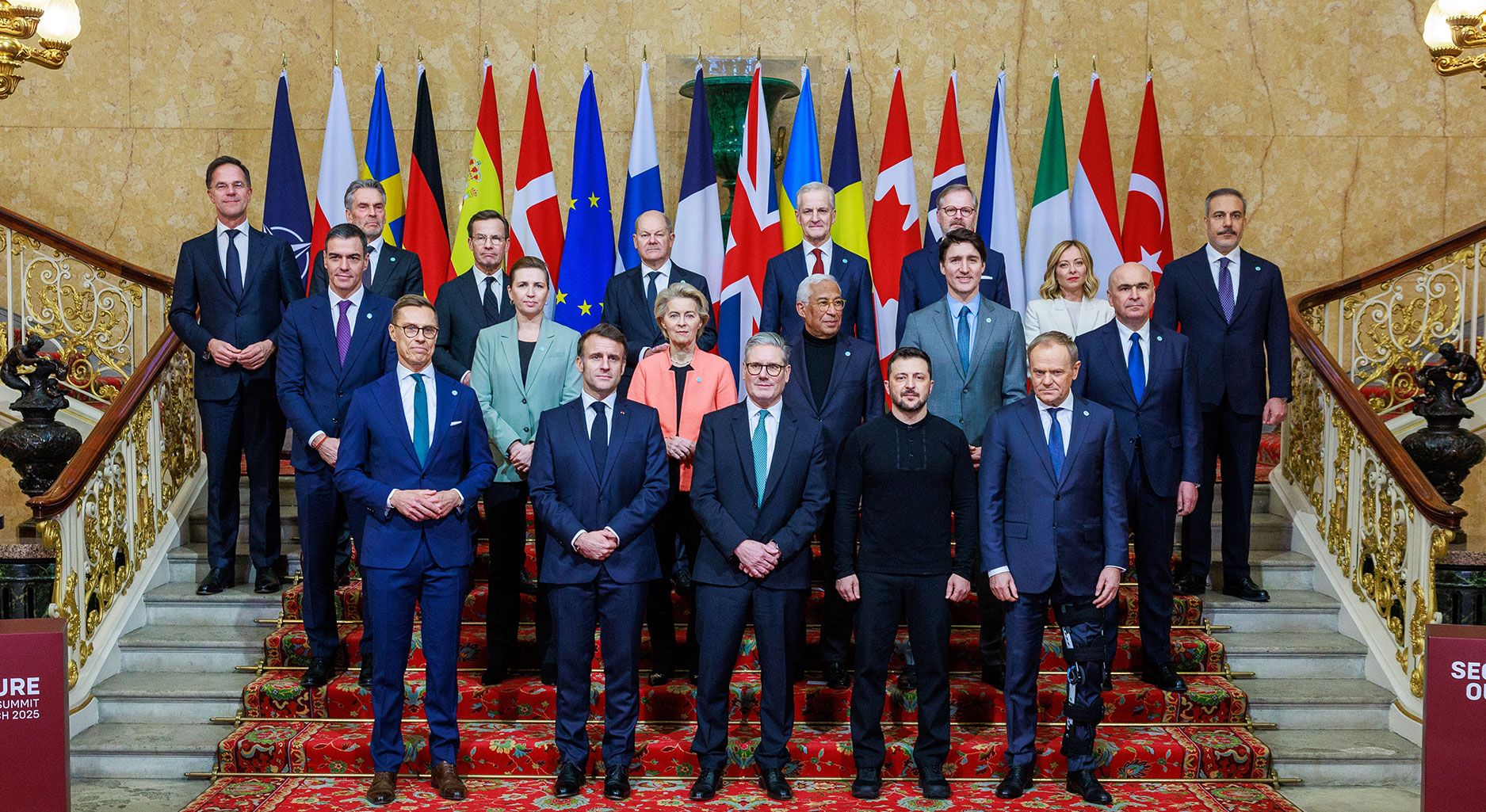Monat: April 2025
As the world marks the 110th anniversary of the Armenian Genocide on 24 April 2025, the enduring power of denialism continues to shape how the Genocide is remembered—or deliberately forgotten. Since the centennial in 2015, Turkey has significantly altered its denial policy in response to evolving international norms surrounding the recognition of the Armenian Genocide.
Verrennen sich die Ostermärsche?
Auch dieses Jahr finden in vielen Orten Deutschlands Ostermärsche statt. Die Aufrufe thematisieren vor allem den Krieg gegen die Ukraine, das Blutvergießen in Gaza nach dem Angriff der Hamas auf Israel, das massive Aufrüsten der Bundesrepublik und anderer NATO-Staaten sowie die Stationierung von Mittelstreckenwaffen. Es zeigen sich erhebliche Unterschiede zwischen den Aufrufen, doch wie auffällt, tun sich viele schwer mit Kritik an Russland, während sie Israel massive Vorwürfe machen.
Russlands heikles Spiel mit der Zeit
Putin will den Konflikt mit der Ukraine nicht ernsthaft lösen. Aber er hält die Friedensverhandlungen am Laufen, weil sie ihm drei wichtige Vorteile bringen, meint Mikhail Polianskii.
Es stehen nicht nur Exporte auf dem Spiel: der US-chinesische Handelskrieg und seine friedenspolitischen Konsequenzen
Am 3. April führte die Trump-Regierung im Rahmen ihres „Befreiungstags“ hohe neue Importzölle ein, die sich vor allem gegen Handelspartner mit hohen bilateralen Überschüssen richten – allen voran China. Die Reaktion aus Peking erfolgte prompt mit der reziproken Verhängung von Gegenzöllen. Seither sind beide Staaten in einem eskalierenden Handelskrieg gefangen, der letztlich jeden Güteraustausch zum Erliegen bringen könnte. Das ist kein rein wirtschaftliches, sondern auch ein friedenspolitisches Problem: In rascher Folge fallen Konflikthemmnisse weg, die die geopolitische Rivalität beider Seiten bislang begrenzten.
A Sober Perspective for the Negotiating Table: Europe Must Contribute Diplomatically to Ending the War in Ukraine and Shape the Withdrawal of the US
Despite the deadlocked military situation for Ukraine and the policy shift in the US, Germany and Europe still lack a negotiating strategy for a diplomatic solution. But only military support for Ukraine and sanctions against Russia are not going to end the war on the most favorable terms for Kyiv. As difficult as it may be, positive offers equally needed. Europe’s confrontation with President Trump’s diplomatic efforts will also not help to achieve more European sovereignty. Rather, we will have to negotiate with him and President Putin about the future of Ukraine and our own security architecture. Instead of panicking and investing solely in the military, European governments should therefore pull themselves together and, above all, seize the diplomatic opportunity to secure their fate.
Pragmatic Solutions to an Abstract Problem? How Cities are Addressing Climate Migration
It has been about three months since the catastrophic wildfires broke out on January 7, 2025, devastating the US city of Los Angeles. The fires destroyed thousands of homes and displaced their residents. These wildfires also highlighted the many facets of climate migration: the urgency of the climate crisis, manifold reasons why people move, and the crucial role of cities, not just as sites of climate impacts but also as actors in addressing climate migration. Amid a rather abstract discussion about climate migrants, cities offer the chance to address the needs of people on the move because of the climate crisis more substantially and practically.
Without a Caliphate, But Far from Defeated: Why Da’esh/ISIS Remains a Threat in Syria in 2025
Since the fall of its self-proclaimed caliphate in 2019, ISIS remains a persistent threat in Syria. As of 2025, according to US estimates, more than 2,500 active fighters continue to operate in Syria and Iraq, while thousands of battle-hardened ISIS militants are held in Syrian prisons – posing a serious risk if released, especially through orchestrated prison breaks. Additionally, thousands of ISIS-affiliated individuals remain in detention camps, where they are vulnerable to radicalization and recruitment. Following the fall of the Bashar Al-Assad Ba’ath regime, the tenuous control of the new Syrian government, combined with ongoing violence, could further strengthen ISIS’s capabilities, allowing jihadists to regroup, sustain their presence, and potentially expand their influence once again.
Mit nüchternem Blick zum Verhandlungstisch: Europa muss die Beendigung des Ukrainekrieges und den Rückzug der USA diplomatisch mitgestalten
Trotz der längst verfahrenen militärischen Lage für die Ukraine und bekannten Kurswechsels in den USA hielten Deutschland und Europa an der unrealistischen Strategie fest, nur mit militärischer Unterstützung und Sanktionen eine Verhaltensänderung Moskaus zu erreichen. Damit allein lässt sich der Krieg nicht zu möglichst günstigen Bedingungen für Kyjiw beenden. Die europäische Passivität gegenüber dem diplomatischen Ansatz von Präsident Trump wird auch nicht helfen, mehr europäische Souveränität zu erlangen. Vielmehr wird die Zukunft der Ukraine und unsere eigene Sicherheitsarchitektur mit ihm und auch mit Präsident Putin ausgehandelt werden müssen. Statt panisch nur ins Militär zu investieren, sollten sich die europäischen Regierungen ausnüchtern und diplomatisch rüsten, ihr Schicksal in die Hand zu nehmen.
Europe’s Defence Dilemma: Rising Militarization Amidst Industrial Fragmentation and Weak Export Controls
The issue of arming Germany and the EU countries is currently dominating the headlines. The threat posed by Putin’s Russia and the uncertainty as to whether the USA under Trump will still stand by its security policy commitments within NATO have prompted the EU states to embark on a massive rearmament program. However, the EU Commission is currently setting the pace with the publication of the new White Paper and a series of defence industry programs. The discussion about the considerable arms expenditure obscures the focus on the fragmentation and competition among the European arms industry, the differences in threat analysis between the EU nation states, and the possible risks and problems of lowering the standards of German and European arms export policy.
Maintaining the Rules-Based International Order: How Europe can Stand up to the Superpowers as an Alliance of Small States
When Western voices described the Russian invasion of Ukraine in February 2022 as an attack on the “rules-based” or “liberal” international order, it was always implied that it was Western states, and the USA in particular, that safeguarded international law after the Second World War. However, it was primarily Afro-Asian states that defended the rules-based order during the Cold War when aggressions challenged the inviolability of international borders. A closer look at this history can help to develop concepts for the validity of international norms – especially for a Europe that is in danger of becoming an object of great power politics in the future.
